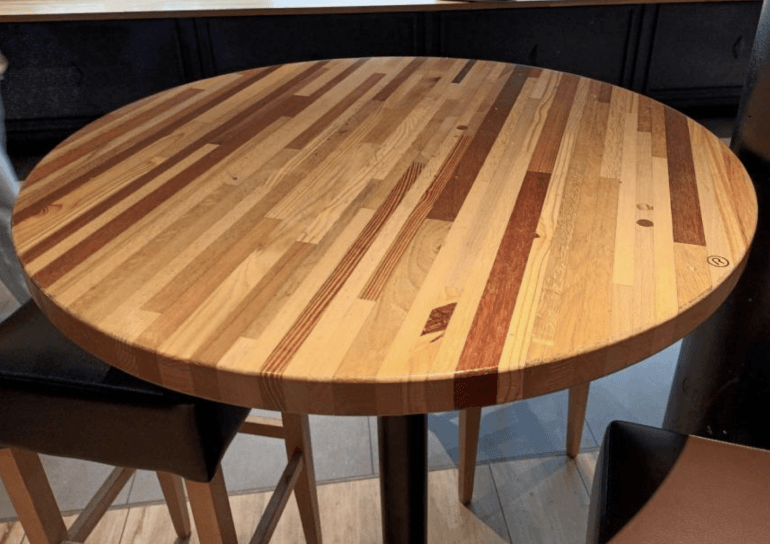

28.07.2025
As part of a study launched by the ATIBT's ASP Cameroon project, the Racewood conference, which was held in Pointe Noire, Congo on July 2nd and 3rd 2025, provided an opportunity to take stock of knowledge on gluing applied to solid wood. This long-discussed technological lever highlights the available knowledge on tropical wood gluing, its opportunities, and the associated constraints, to open new avenues for the valorization of LKTS.

In the forests, the presence of small-diameter or poorly shaped logs makes it difficult to process solid pieces of satisfactory dimensions. Other problems, such as drying—often linked to the nervousness of the wood—or abundant defects requiring purging, considerably reduce the material yield from sawing, thus producing small pieces.
Gluing is one answer to the challenges of utilizing tropical wood. These challenges are closely linked to the development of LKTS use and improved material yields. These improvements require better utilization of co-products, process optimization, better sawmill grading, and improved recovery in sawmills.
These glued solid woods offer better technical performance. The products are more stable and can be used to manufacture long components that can be used as raw material in sawmills.
Glued products come in a wide range of types for multiple applications and are available in different formats depending on their end use:
According to their end use:
According to format:
Gluing is an excellent opportunity to add value to less commercial and/or lower-performance species. In the case of laminated square timber, these species can be used for non-visible inner layers, while still meeting the required characteristics—particularly for outdoor joinery applications. This opens the way for targeted marketing to promote these species blends.
Wood gluing allows us to rethink the value of tropical species by focusing on the performance and quality of the finished product rather than on the species itself. This approach encourages the use of different species in mixtures, including LKTS, according to their technical properties and complementarity.
For more information, see Jean Gérard's (CIRAD) presentation on our website via this link.